
Are you new to gym or have you always stuck to resistance machines and would like to venture into free weights but just don’t know where to start?
Training with free weights can be a daunting decision. Firstly, there is a slightly greater potential for injury, as you lose the added stability that resistance machines can offer. In addition, it can be an intimidating area, with more experienced gym users lifting heavy weights, which can leave many people feeling self-conscious, especially if they do not know what they are doing.
However, training with free weights can be hugely beneficial and very rewarding. Free weights are generally more efficient than using machines. Resistance machines can restrict joint movements and they offer more support to the lifter. This means that lifting free weights triggers more muscle fibres and therefore activates more muscle per repetition than machines.
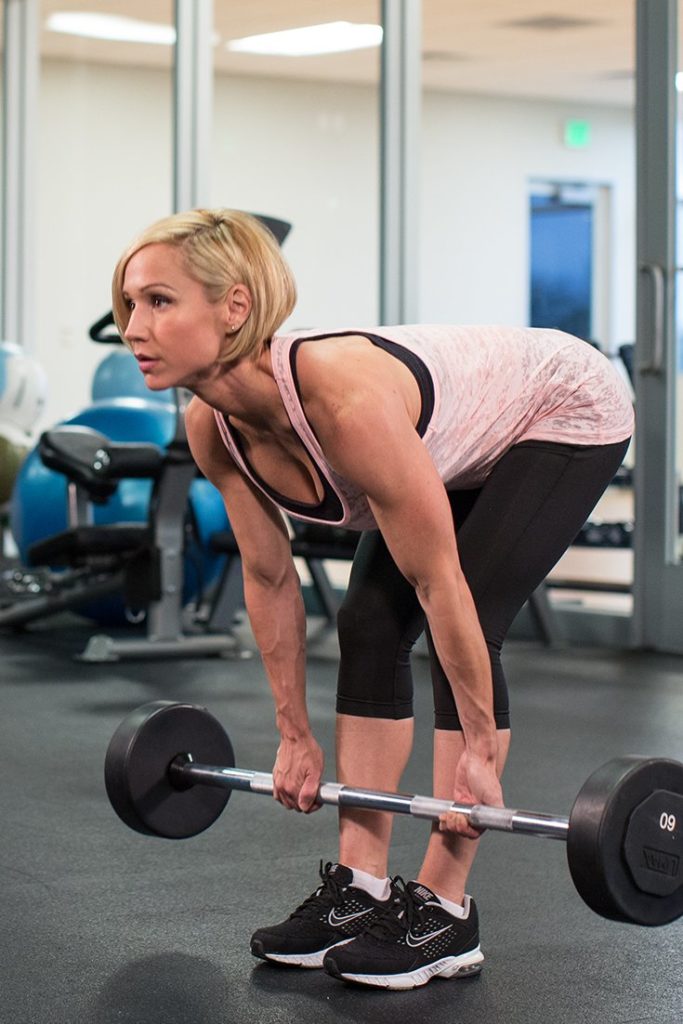
Lifting free weights also enables you to complete “compound lifts”. These are exercises that require other parts of your body to help stabilise the muscle doing the main action. For example, when doing the back squat the hamstrings, glutes, hips and core muscles need to be engaged to assist the thighs in the lift. Compound exercises are the foundation to most training programmes that aim to increase muscle size, power and strength.
Lifting free weights also has significant weight loss benefits. By activating a large number of muscle fibres during free weight training, you burn many calories too. And although lifting weights won’t directly burn more calories than say, running, the lean muscle you gain from lifting will increase your metabolic rate and this means you will burn more calories at rest. Bonus!
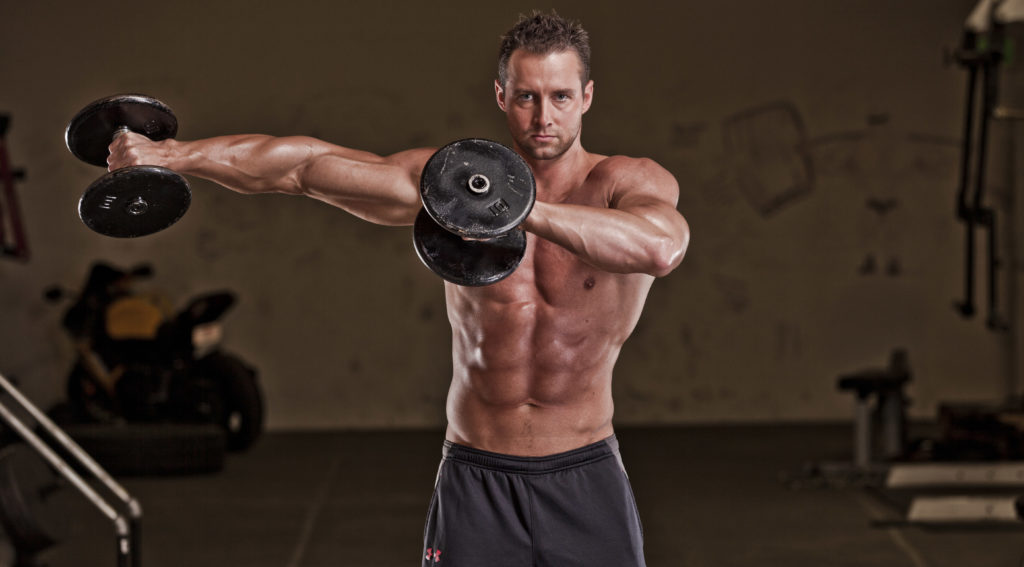
Therefore there are many reasons why if you have yet to get to grips with dumbbells and barbells then its time to take the plunge. This guide will help you to learn the basics.
Don’t be afraid to ask.
Everyone started off feeling nervous or unsure in the free weights area. If you have a question or need some help, ask a trainer or more experienced gym user. Most people are happy to help and you may even end up gaining a training partner.
Worry about form not weight
The most important aspect of training with free weights is employing the correct technique (form). This is crucial to avoid injury and ensure that only the targeted muscles are getting a workout. Once you have programmed your body to use the proper form then the weight will increase naturally over time.
Don’t over complicate things
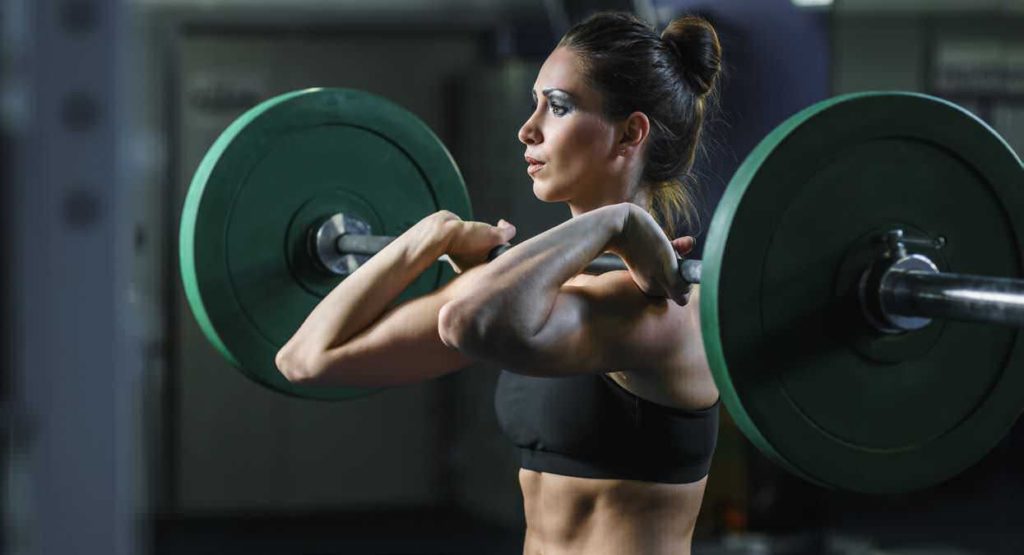
When starting out, keep it simple. Your body is going to have to adapt to new stresses, so keeping the movement patterns as straightforward as possible, will help in this process. Therefore, simple compound exercises should be fundamental to most beginner programmes. I’d suggest completing a full body workout with two exercises per body part, at least one of which is a compound movement. Complete this three times a week, with a day off in between. See below for a workout example
Full body free weight workout
For this programme we are mainly going to use the four key movements, presses, deadlifts, rows and squats as the basis of our plan. We will also incorporate some of the other more popular exercises into a 3 day programme.
Day 1 (Monday)
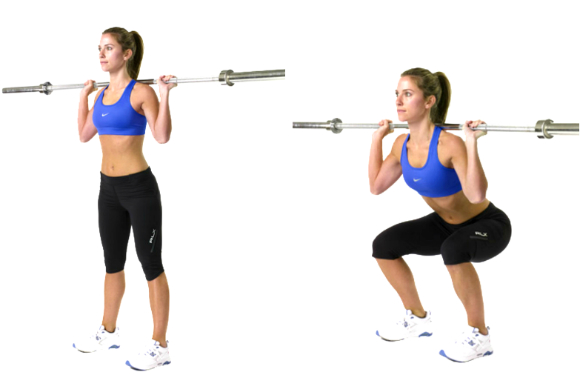
Squats – 3 sets of 8-10 reps (30 second rest)
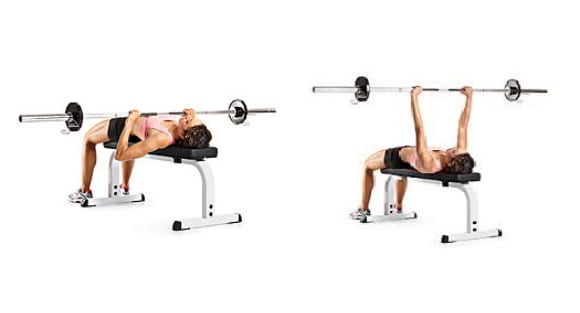
Bench press – 3 sets 10-12 reps (30 second rest)
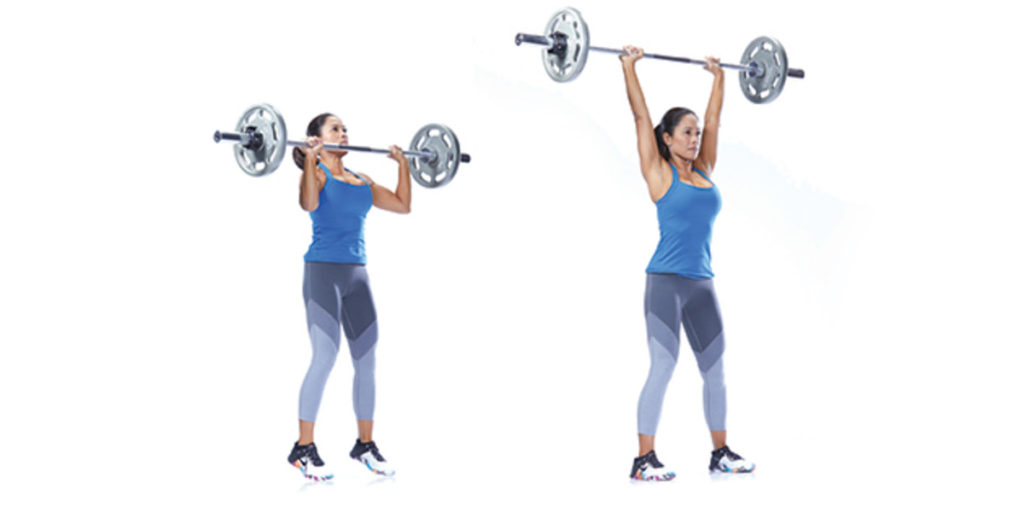
Overhead press – 3 sets 10-12 reps (30 second rest)
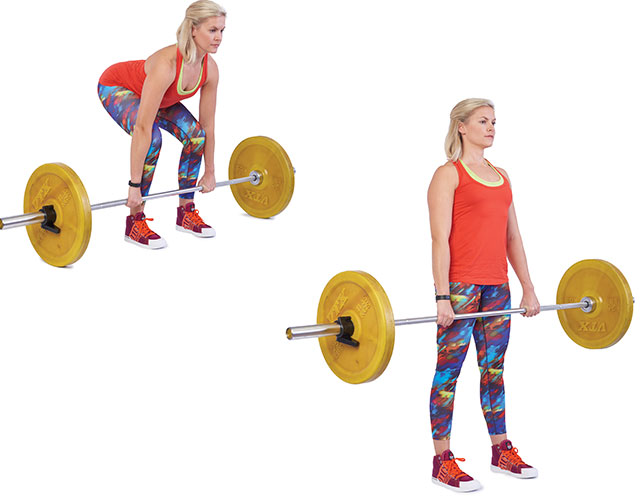
Deadlift – 3 sets 8-10 reps (30 second rest)
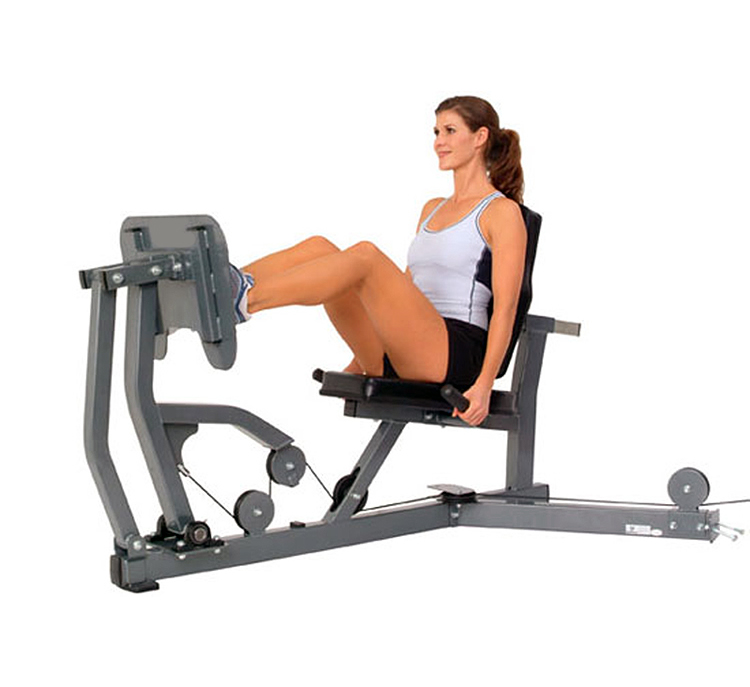
Leg press – 3 sets 10-12 reps (30 seconds rest)
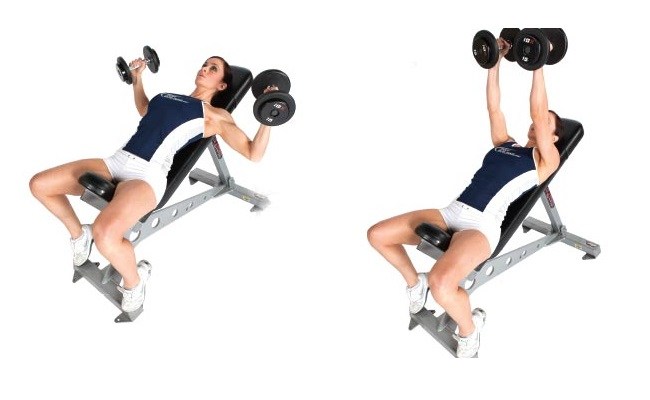
Incline Dumbbell chest flyes – 3 sets 10-12 reps (30 seconds rest)
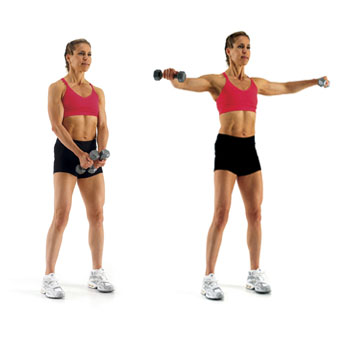
Lateral dumbbell raises – 3 sets 10-12 reps (30 seconds rest)
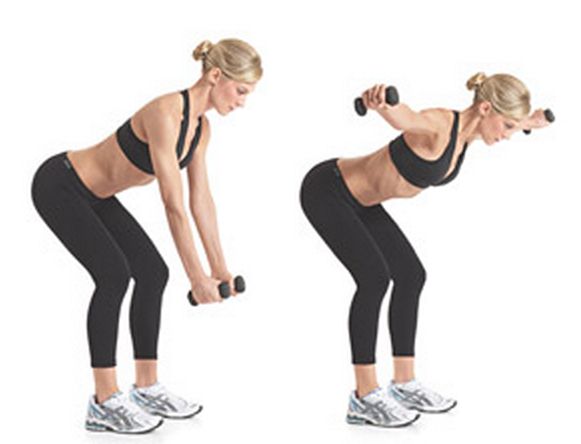
Reverse Flyes – 3 sets 10-12 reps (30 seconds rest)
Day 2 (Wednesday)
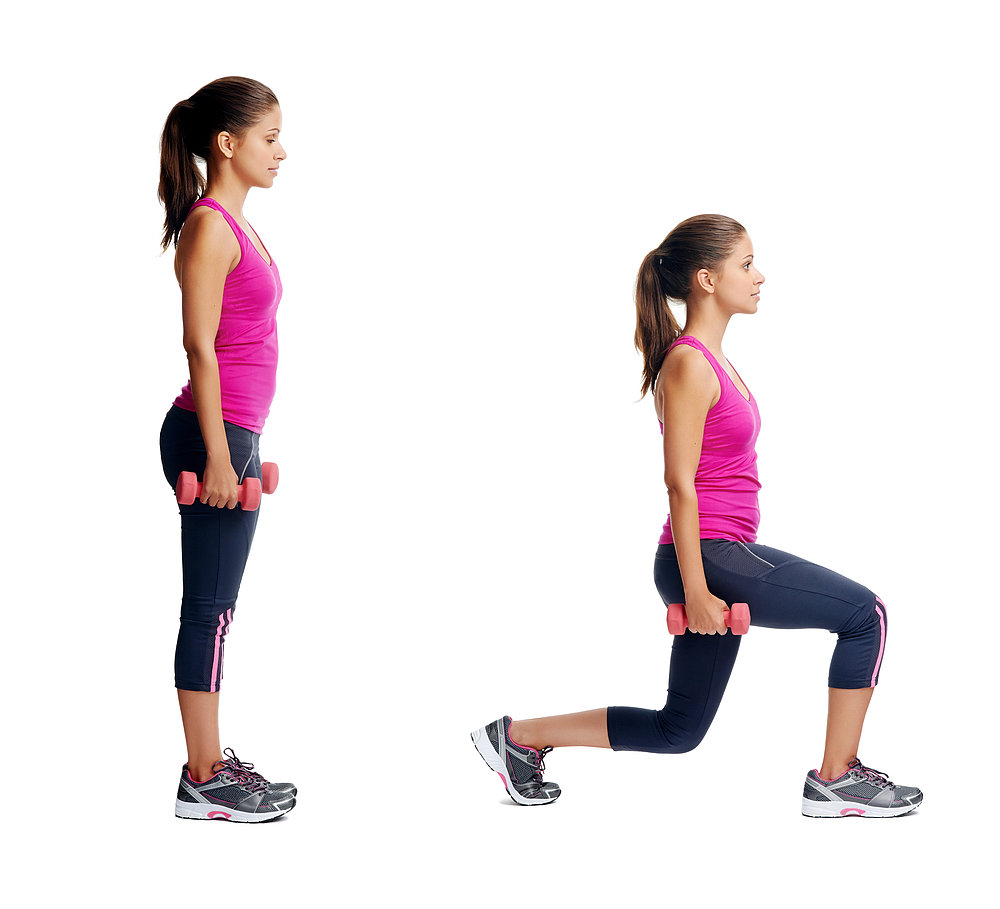
Dumbbell lunges – 3 sets 8-10 reps (30 seconds rest)
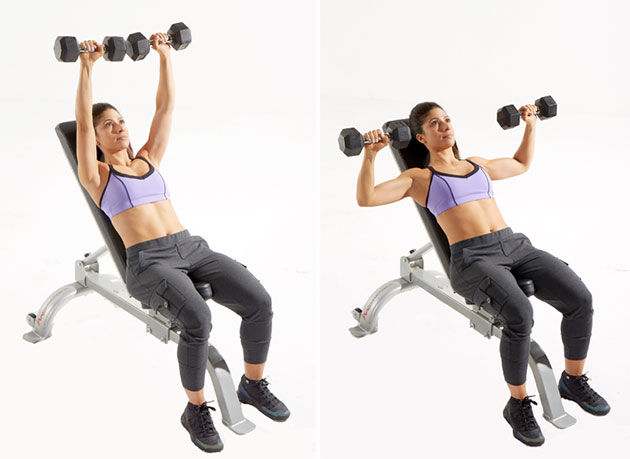
Incline dumbbell press – 3 sets 8-10 reps (30 seconds rest)
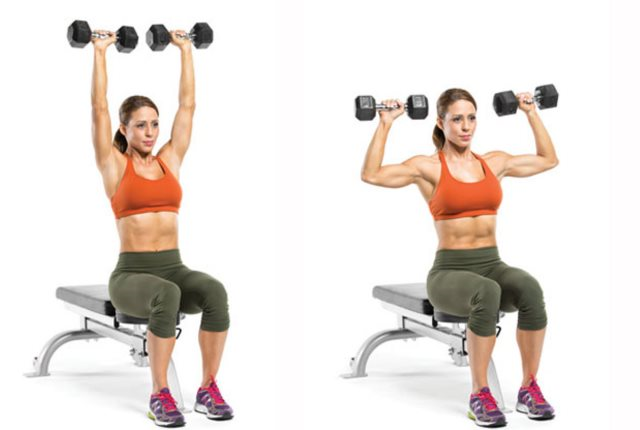
Dumbbell shoulder press – 3 sets 8-10 reps (30 seconds rest)
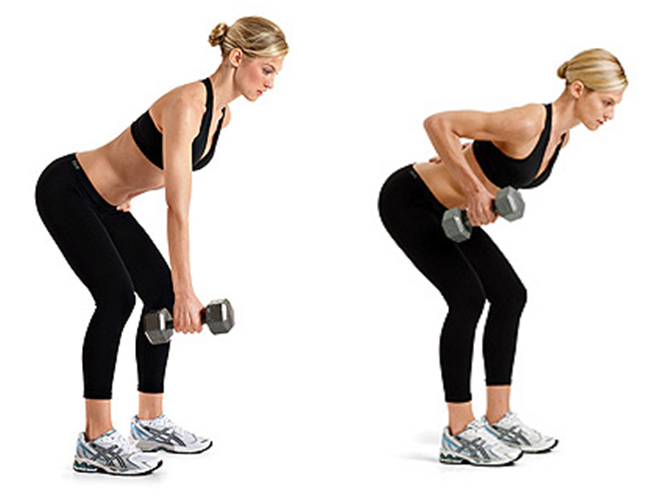
Single arm dumbbell rows – 3 sets 10-12 reps (30 seconds rest)
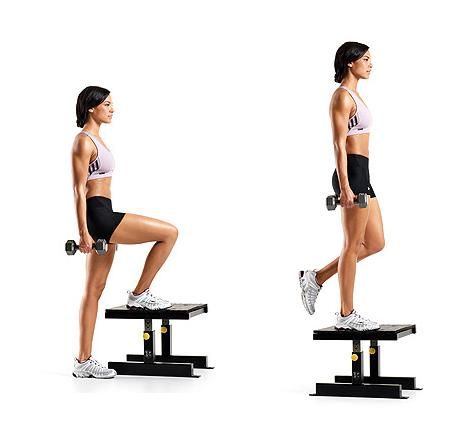
Dumbbell step ups – 3 sets 10-12 reps (30 seconds rest)
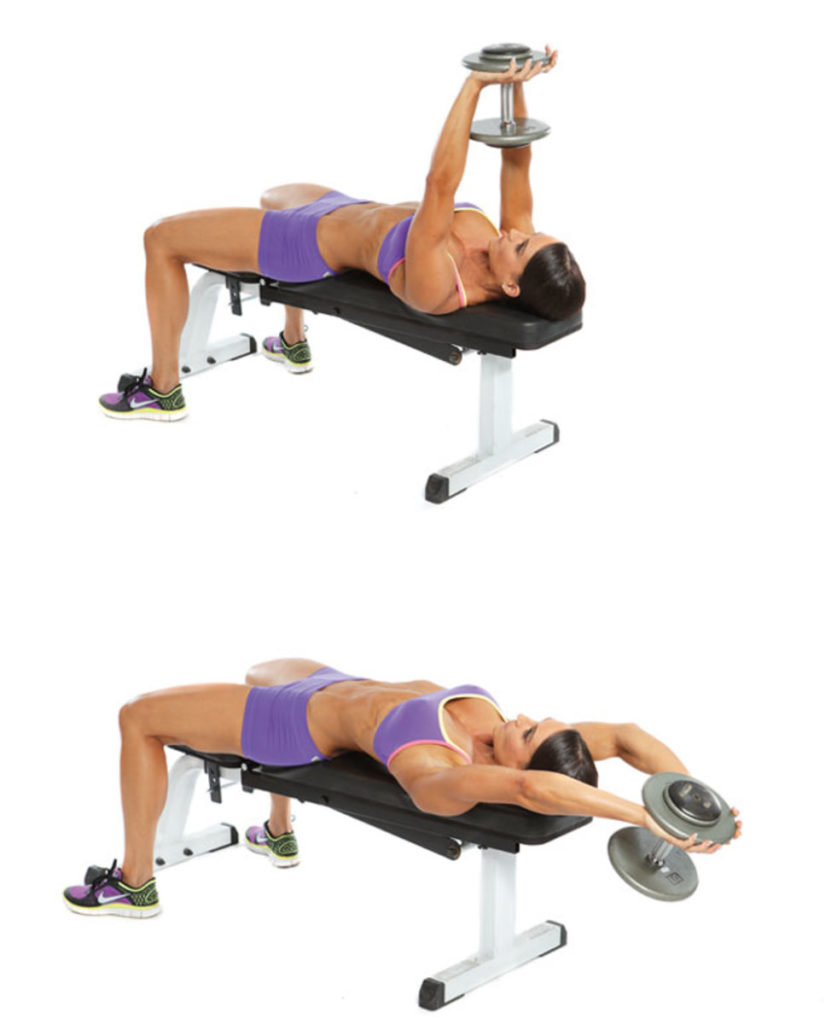
Dumbbell overhead pulls – 3 sets 8-10 reps (30 seconds rest)
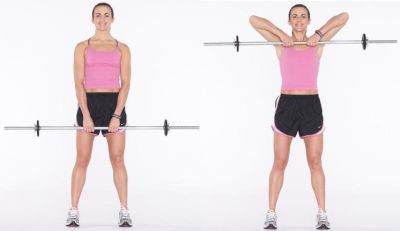
Barbell rows – 3 sets 10-12 reps (30 seconds rest)
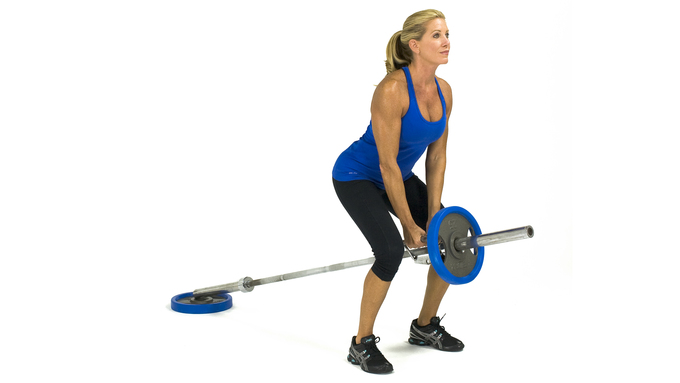
T-bar rows – 3 sets 8-10 reps (30 seconds rest)
Day 3 (Friday)
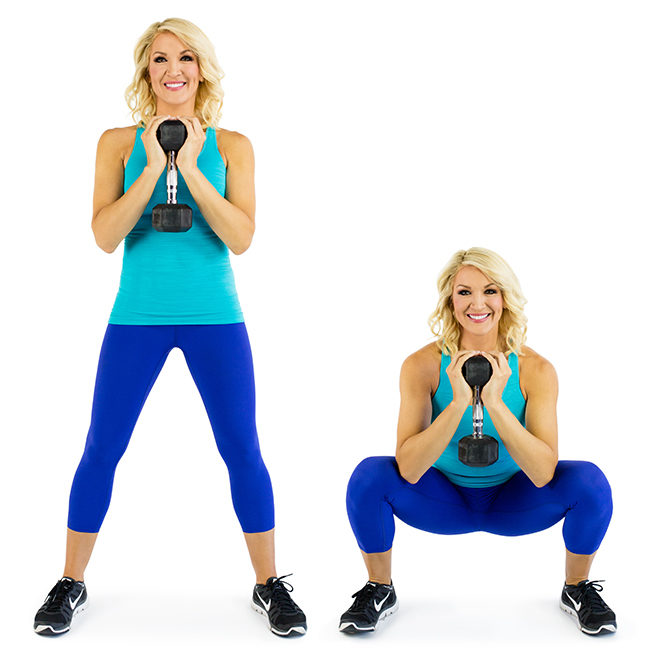
Goblet Squat – 3 sets 8-10 reps (30 seconds)
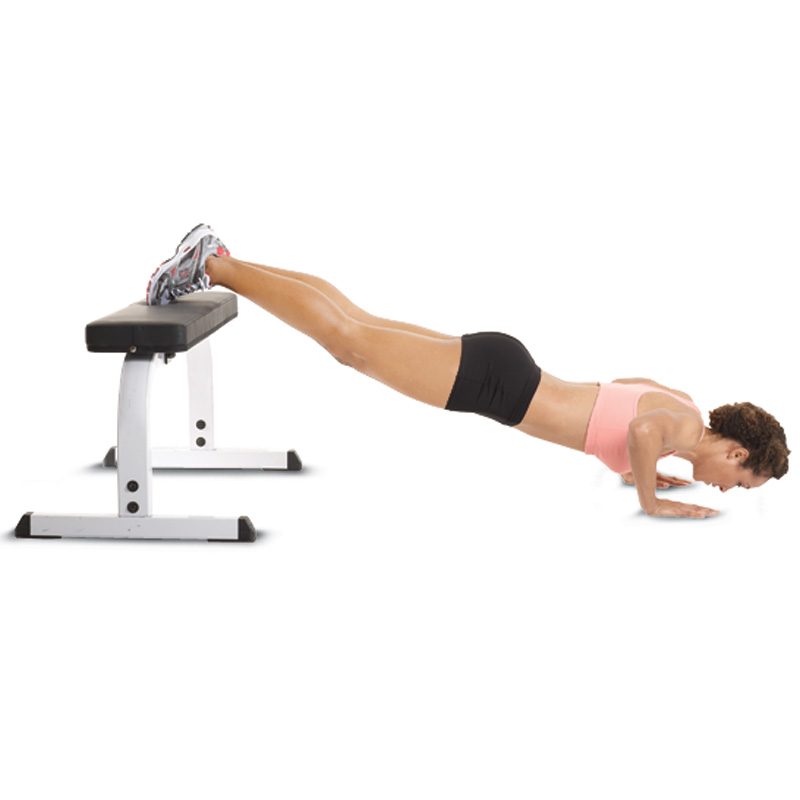
Decline push ups – 3 sets 8-10 reps (30 seconds rest)
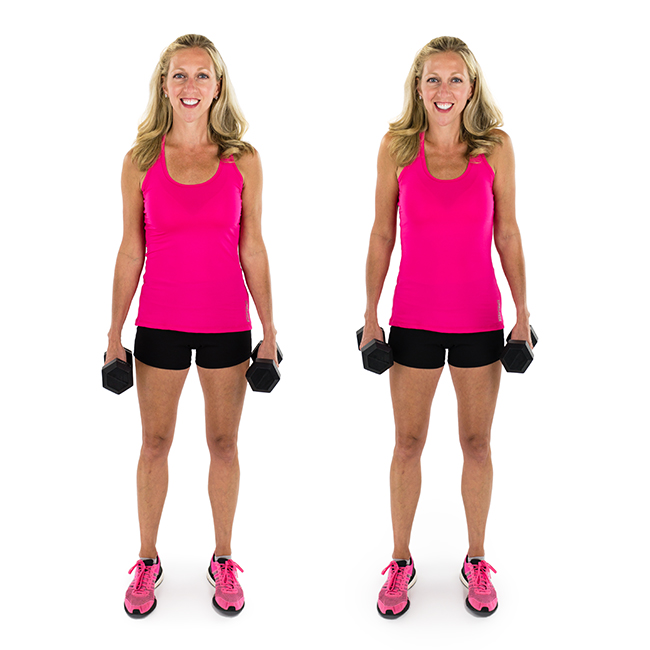
Dumbbell shrugs – 3 sets 10-12 reps (30 seconds rest)
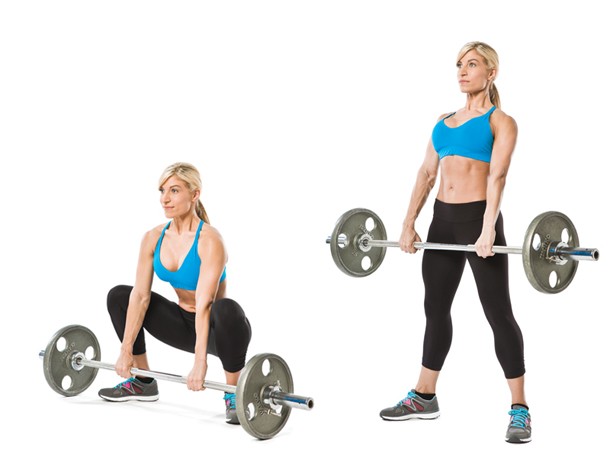
Sumo Deadlift – 2 sets 8-10 reps (30 seconds rest)
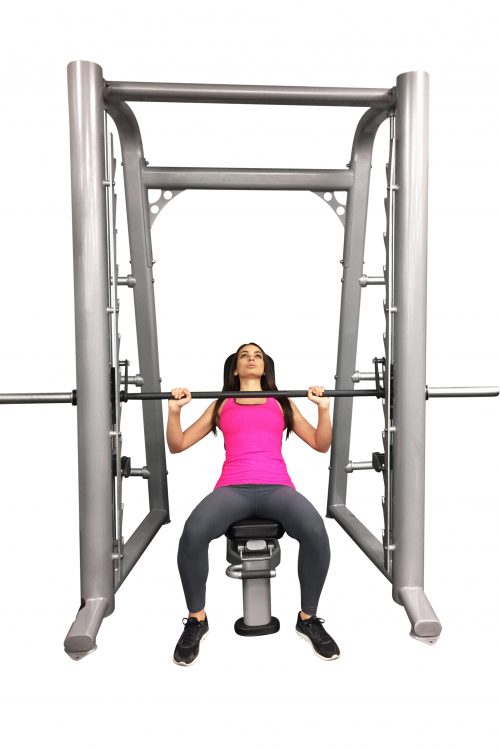
Smith Machine incline bench press – 3 sets 10-12 reps (30 seconds rest)
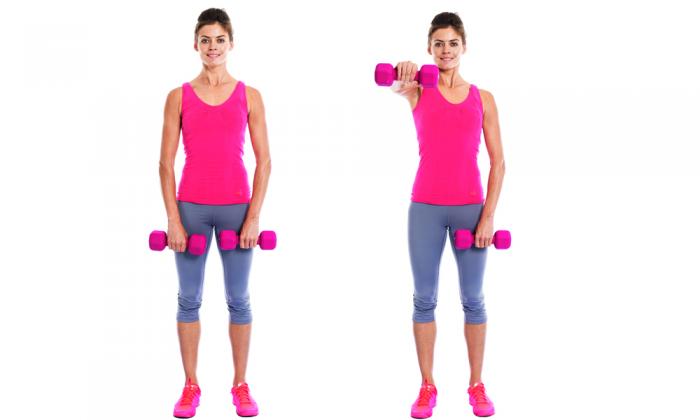
Front raises – 3 sets 10-12 reps (30 seconds rest)
